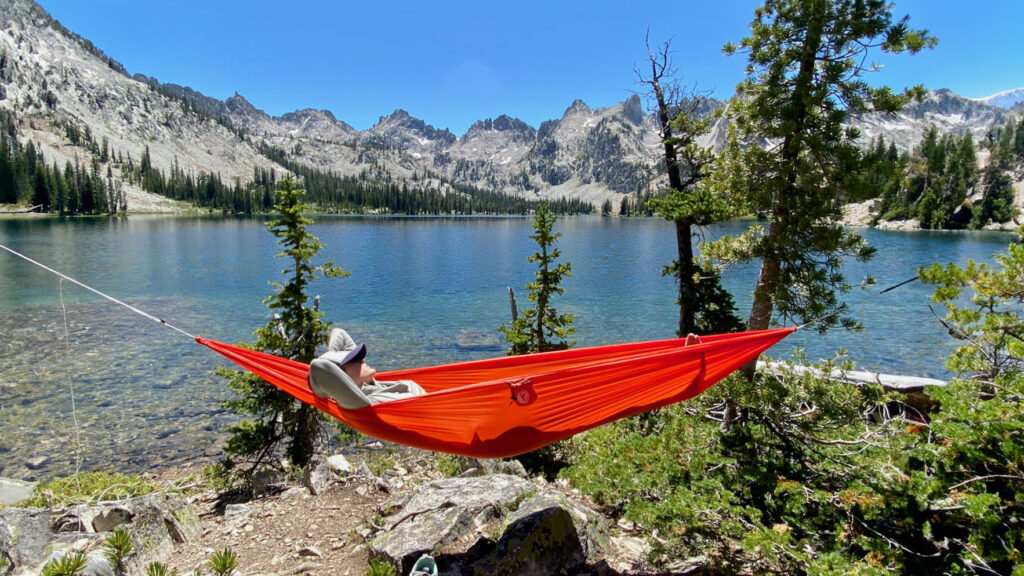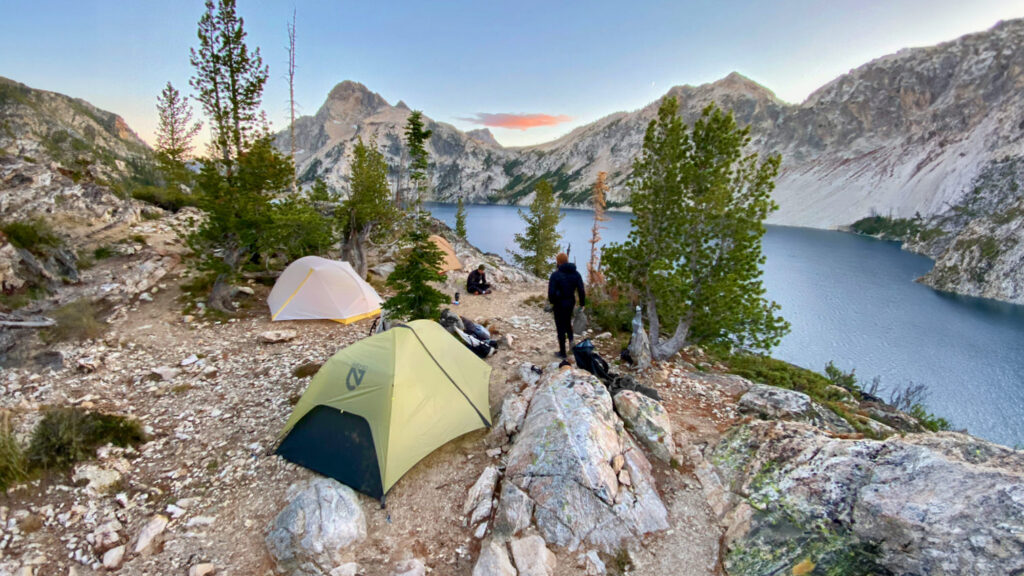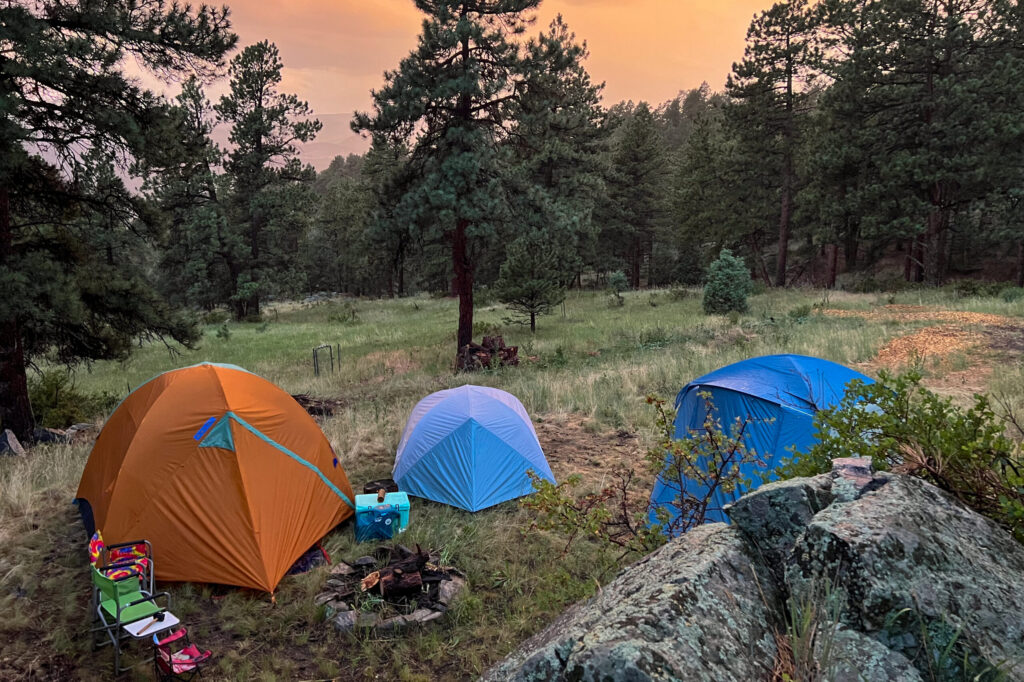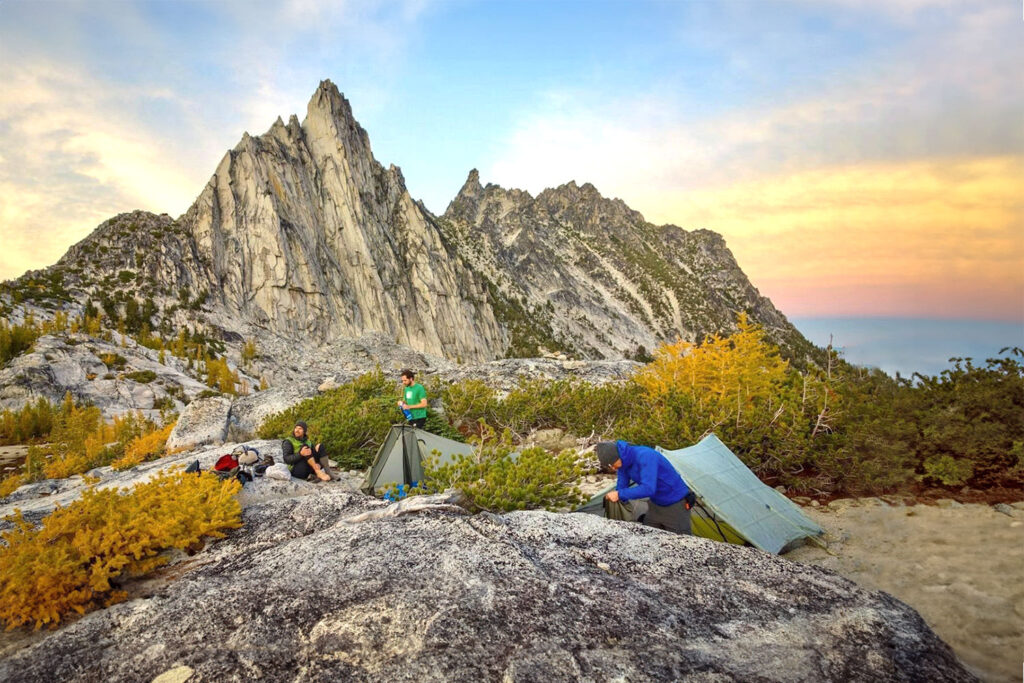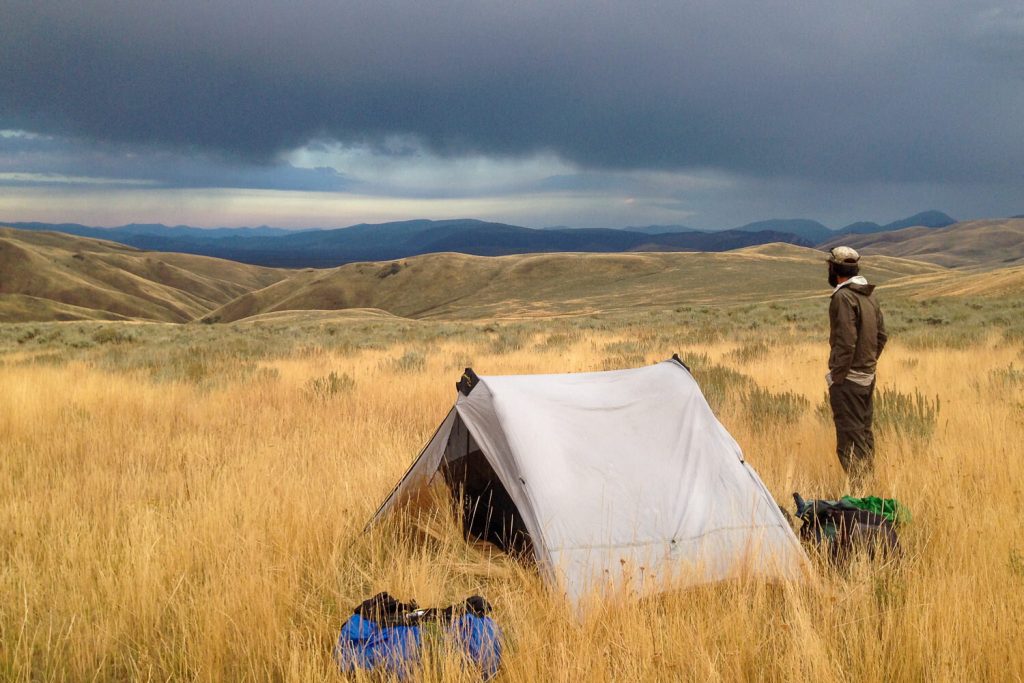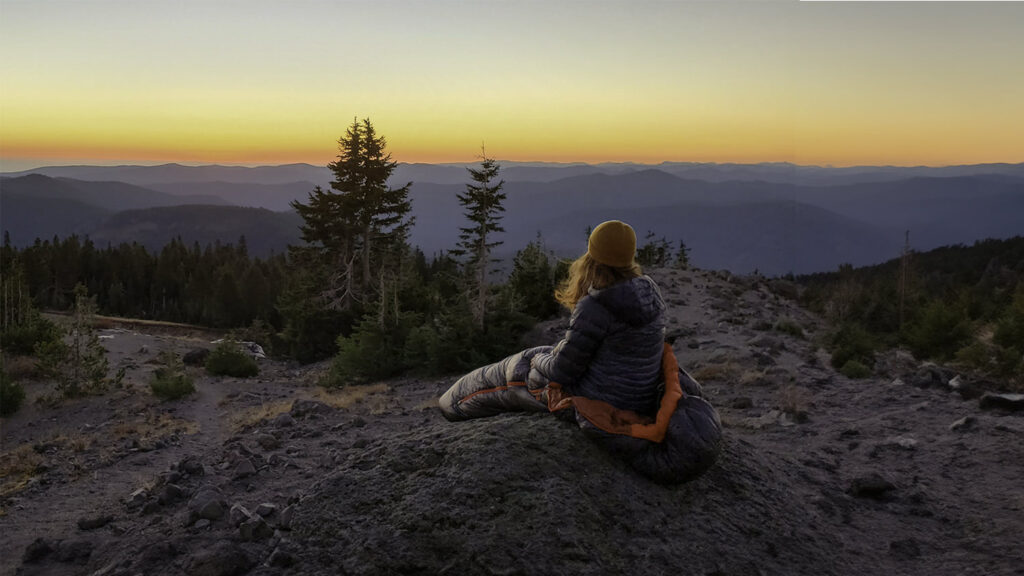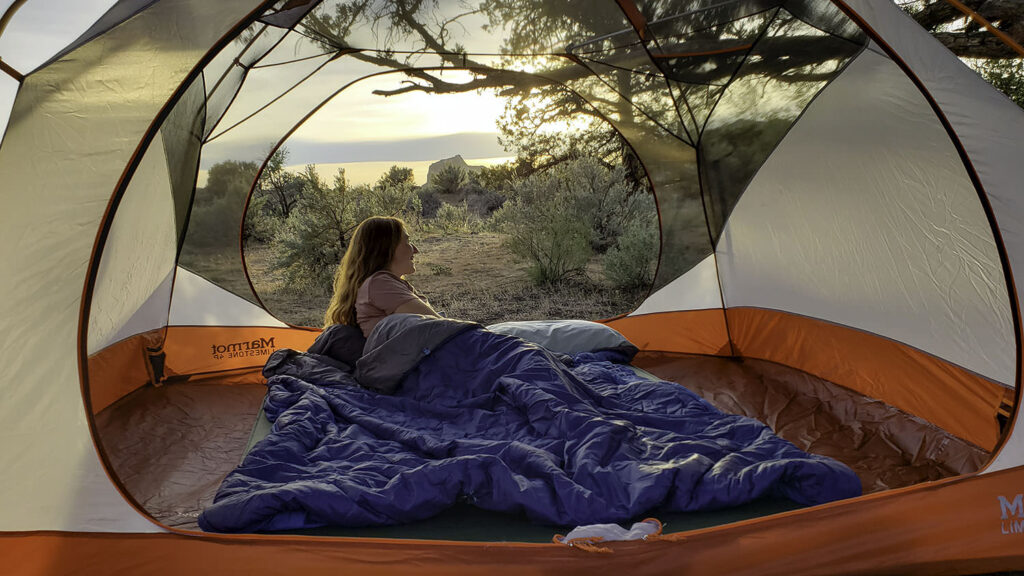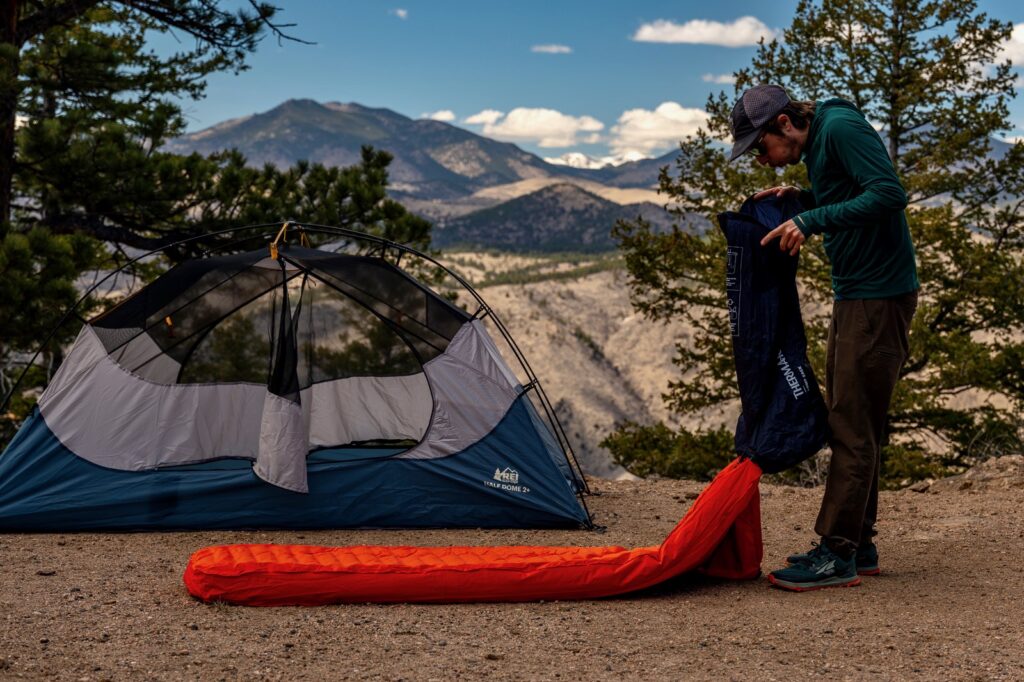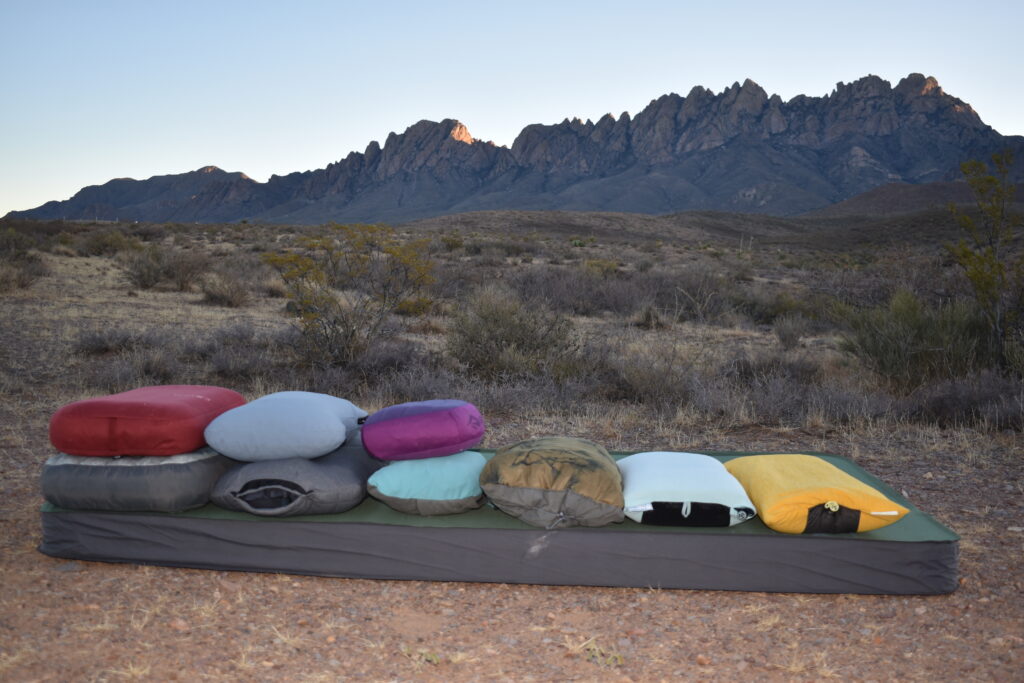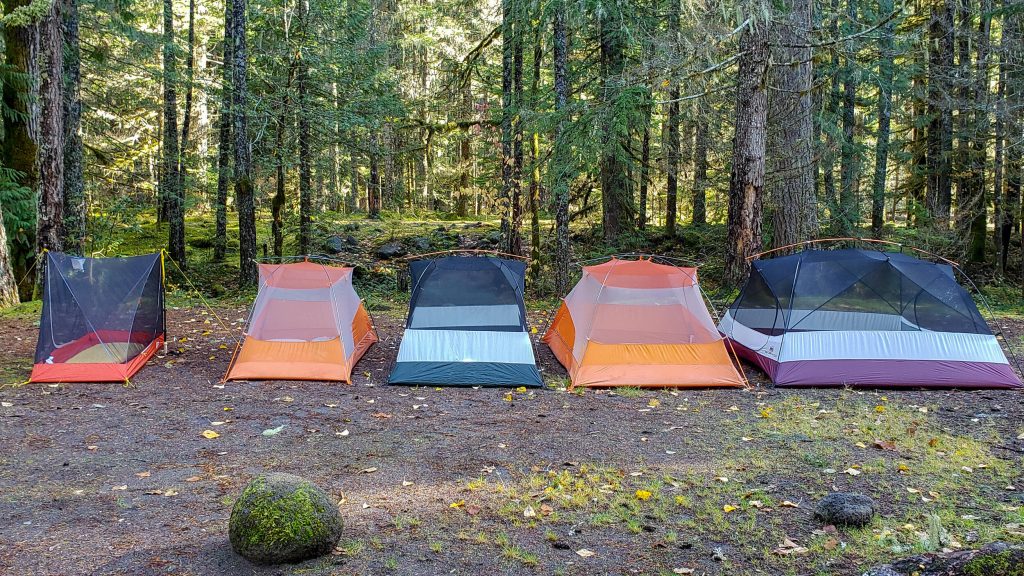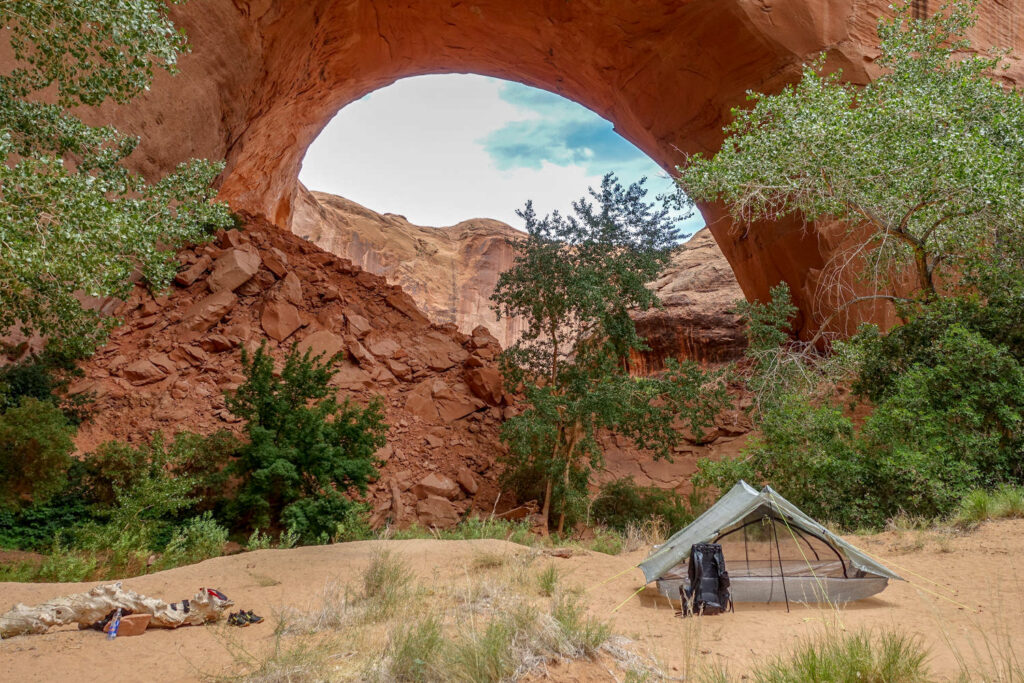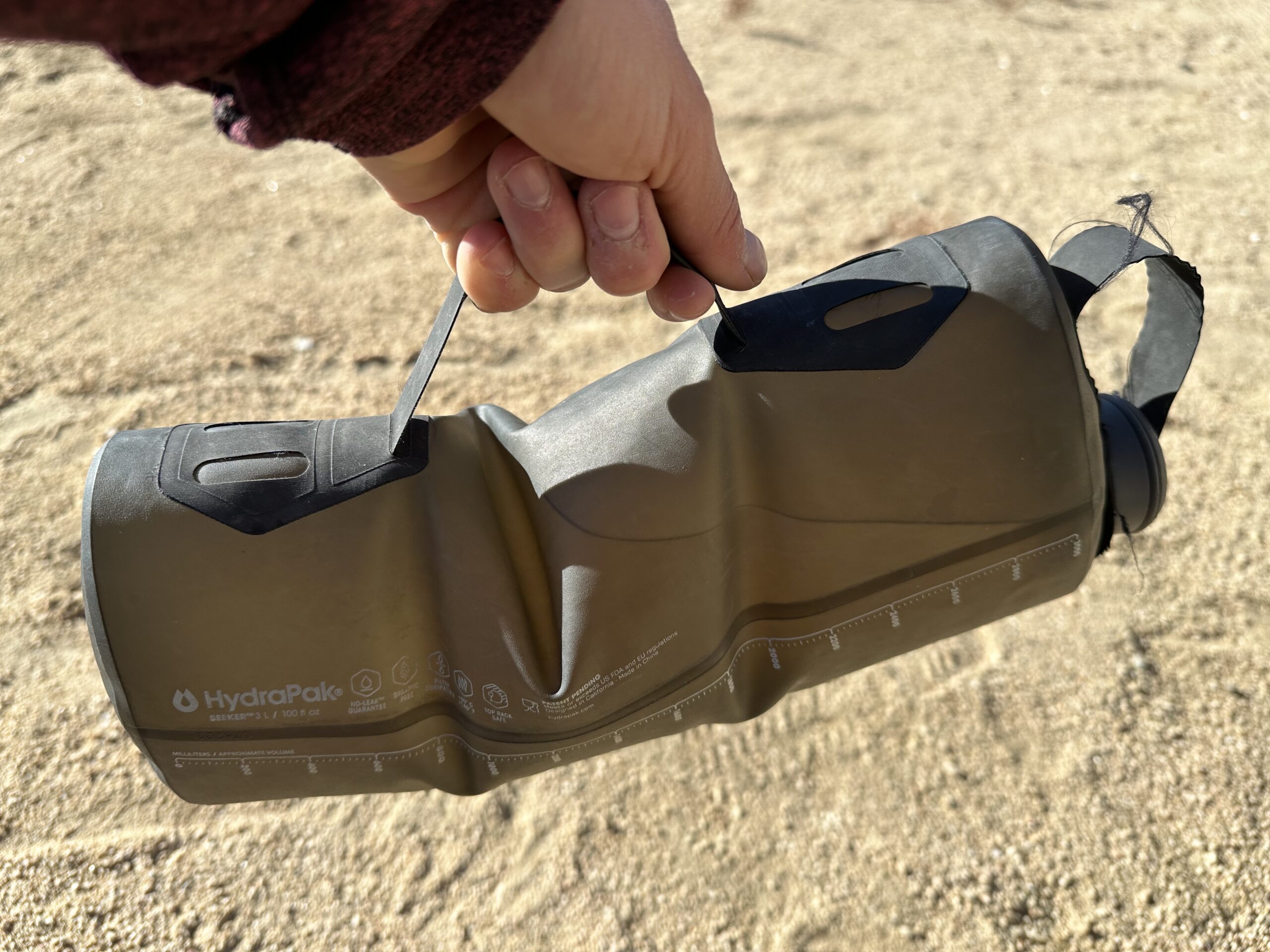
Bottom Line
When comparing minimalist hydration systems, the HydraPak Seeker offers the durability that the Platypus Platy lacks, but that is the only aspect we prefer. We have put the Seeker through the ringer over several seasons of hiking and climbing; so far, we haven’t encountered any leaks or tears in the material.
During initial use, we found it challenging to drink from the Seeker. We quickly spilled water all over ourselves attempting to drink from the floppy bag through the wide opening. We’ve gotten used to it over time, but we still need to use two hands to hold it while drinking and tip it slowly. It has also retained a rubbery taste, even after being thoroughly washed.
Although it’s a bit pricier than similar products, it has a longer lifespan, making it a better value. For weight-conscious hikers, backpackers, and alpine climbers who also value durability, the Hydrapak Seeker is an excellent choice. If you’re seeking a complete hydration system with a hose, check out the rest of our hydration bladder lineup.
And for more info, check out some of our other popular gear guides:
How We Tested
We have used the HydraPak Seeker throughout several seasons of climbing, hiking, and backpacking. We’ve taken it on alpine climbs in the Sierra and Cascades, multi-pitch rock climbs in Red Rock Canyon, and hikes in Joshua Tree. We have been able to test it more thoroughly than other products, and its standout feature is its durability.
Quick Specs
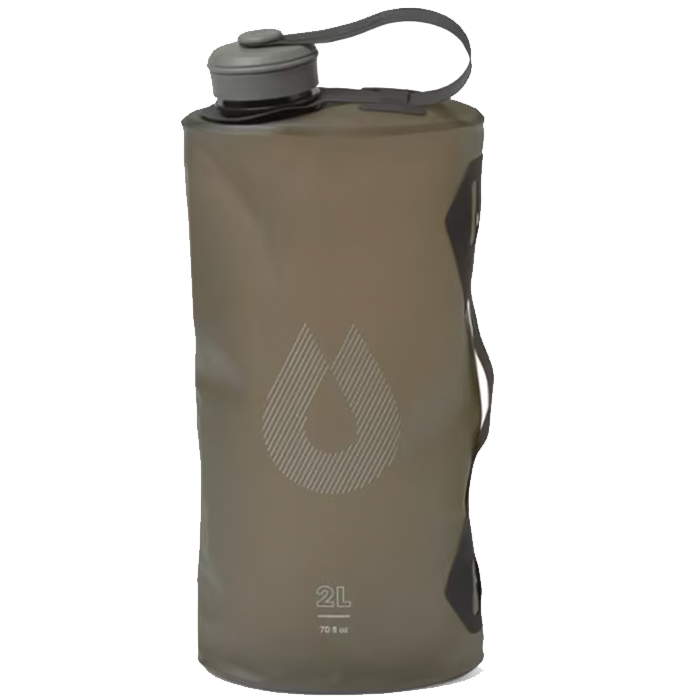
HydraPak Seeker Water Bag
Most durable hydration bladder
CleverHiker Rating: 4.2/5.0
Price: $25
Weight: 2.7 oz.
Dimensions: 12.5″ x 5.1″
Capacities Available: 2L, 3L, 4L, 6L, 10L
Pros
- Durable
- Lightweight and packable
- Affordable price
Cons
- Retains rubbery taste
- Hard to drink out of wide mouth opening
- Dark color causes water to heat up quickly in the sun
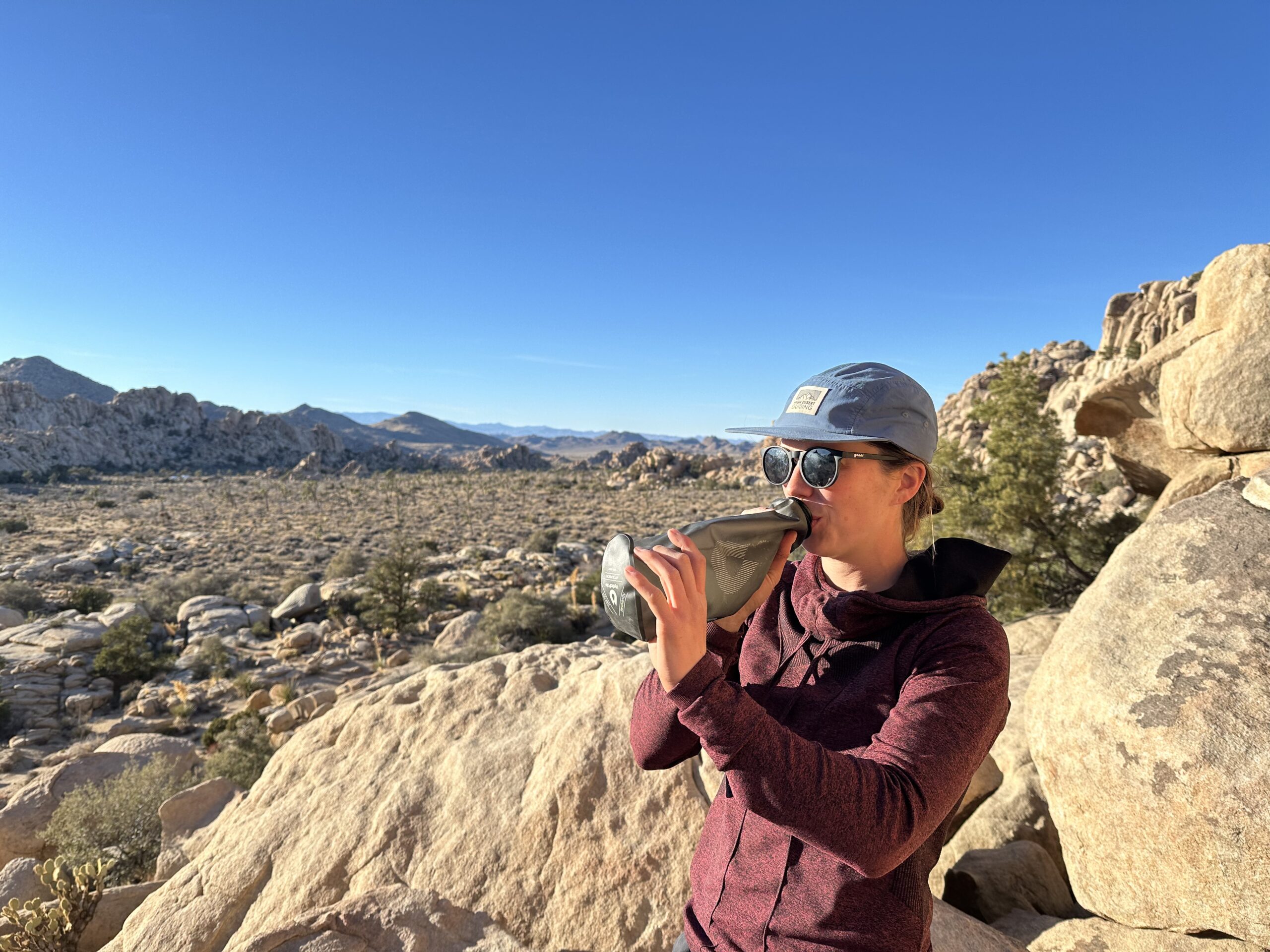
Weight & Packability
The Hydrapak Seeker falls into the ultralight category of hydration systems, weighing approximately 2.3 ounces in the two-liter size. We measured its minimum packed dimensions to be 7 by 2.5 by 2 inches. While the Platy is still somewhat lighter, the Seeker is a strong contender among lightweight options.
We found the Seeker to be a good, lightweight option for long days in the mountains when we aimed to shed ounces. Its soft, flexible material makes it comfortable against the back while hiking or climbing, and it fits easily into any bag.
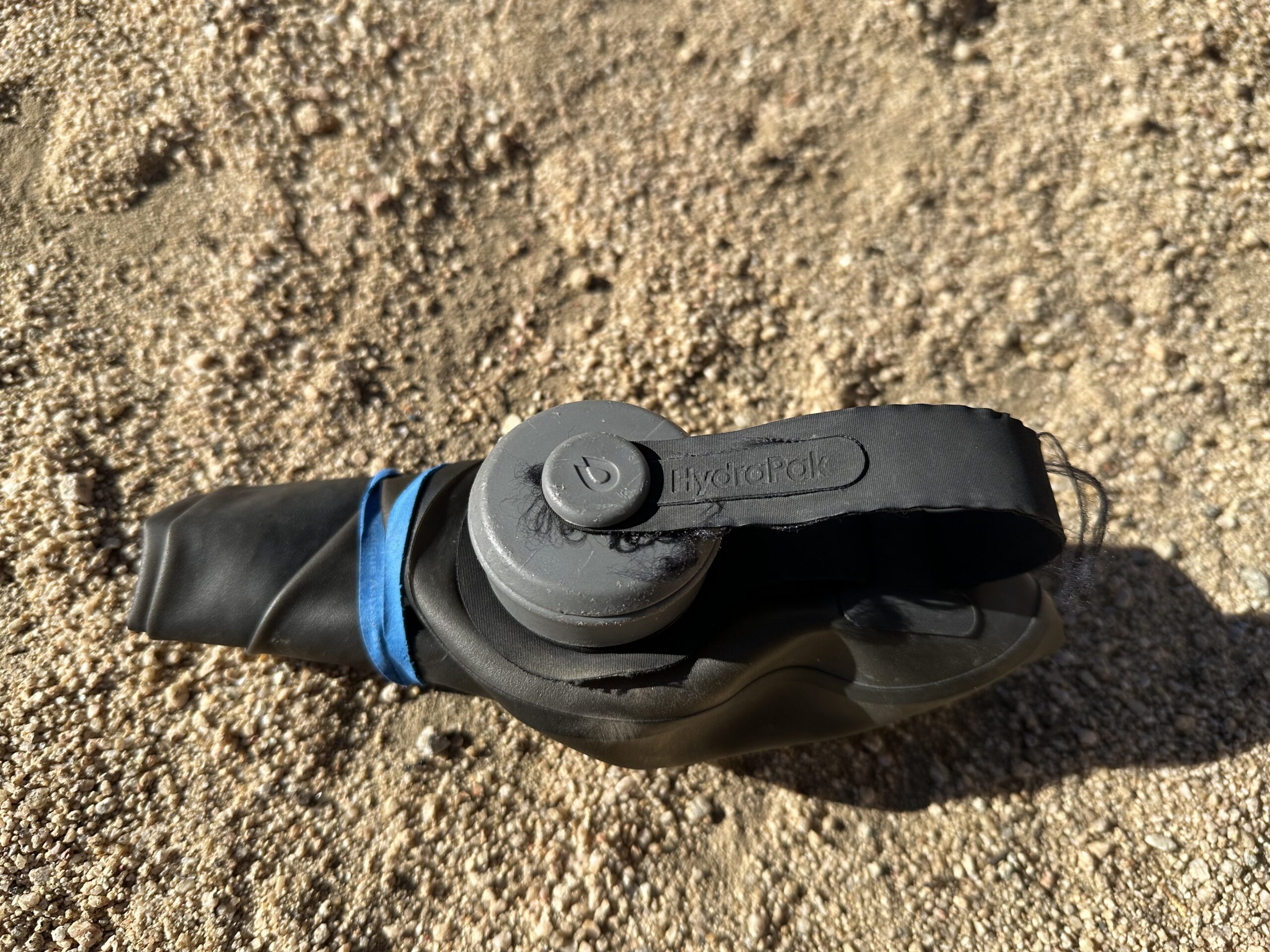
Ease of Use
One thing we noticed right away is that drinking from the Seeker is more challenging than from similar products. Its soft, flexible material combined with the wide mouth opening makes spills hard to avoid. We’ve spilled all over ourselves more times than we can count. While we’ve gotten used to it, we still have to hold the bag with two hands and carefully pour water into our mouths.
One other thing we noticed during testing is that the dark color of the Seeker causes the water inside to warm up more quickly when exposed to the sun. This wouldn’t be an issue if the Seeker were kept in a backpack all day, but if it’s lying out in the sun, your water will quickly become less refreshing on a hot day.
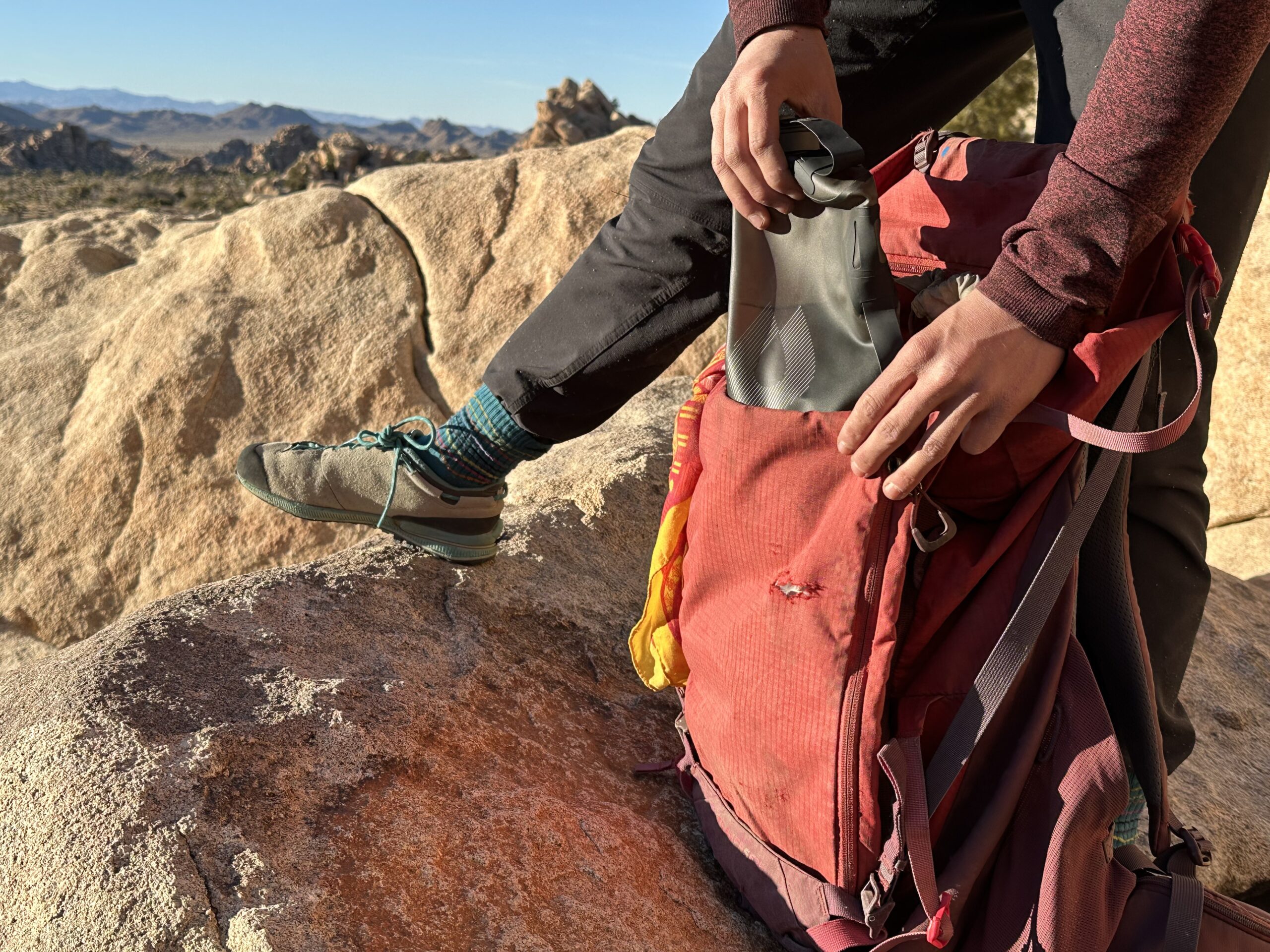
Ease of Cleaning
The Seeker dries more slowly than other hydration bladders. It’s tricky to fully empty after cleaning, and water tends to pool just inside the opening, even when hung upside down. Scrubbing the inside is also difficult since you can’t fit a hand through the opening; a long brush would be helpful.
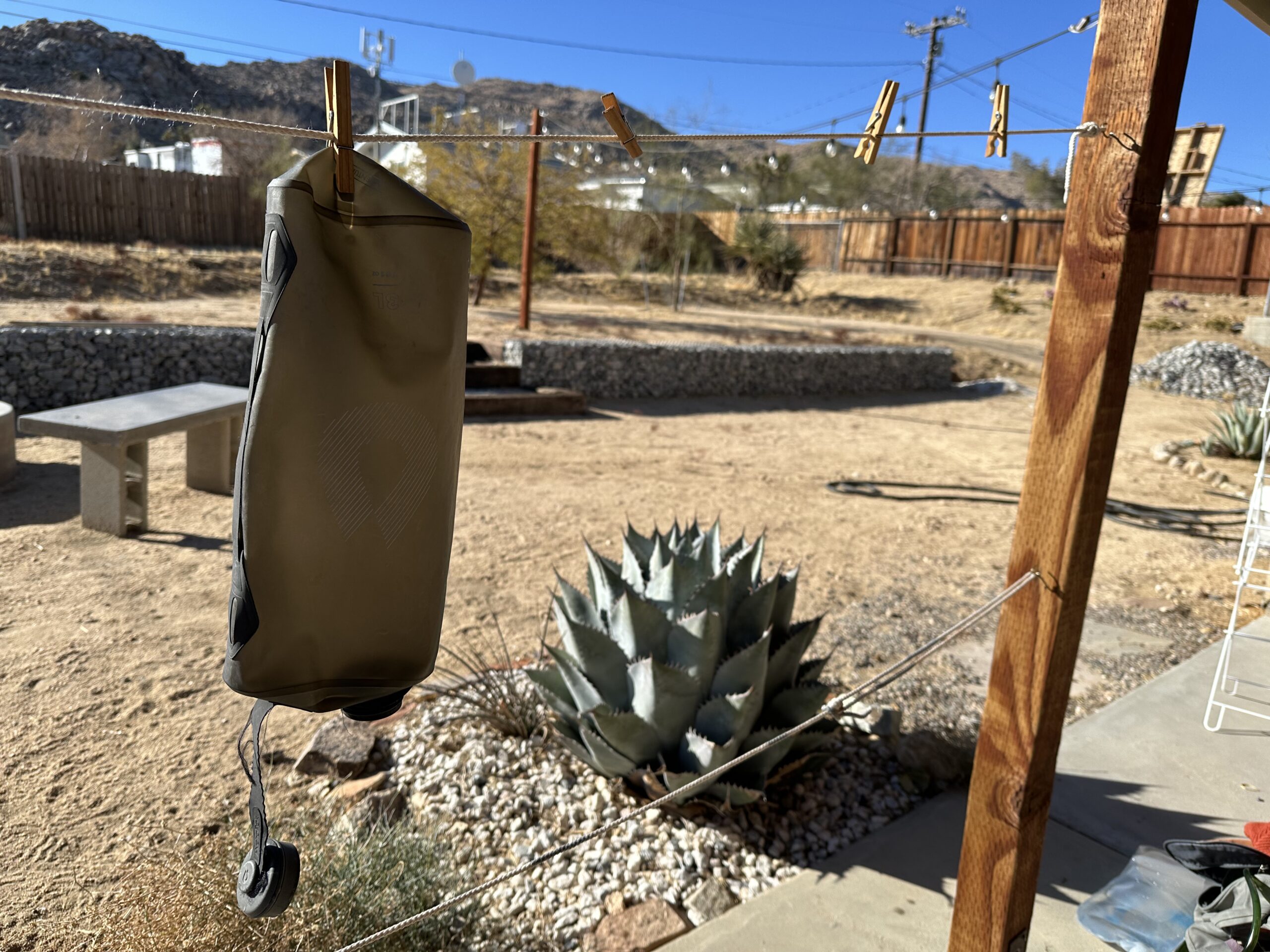
Taste
We don’t love the rubbery taste that the Seeker retains, even after being cleaned thoroughly. Over time, we have also noticed that the fabric handle connecting the twist cap and the bladder has begun to develop a moldy smell. This might be a care issue; if you wash the Seeker regularly and dry it thoroughly each time, it will likely be less prone to developing a bad smell.
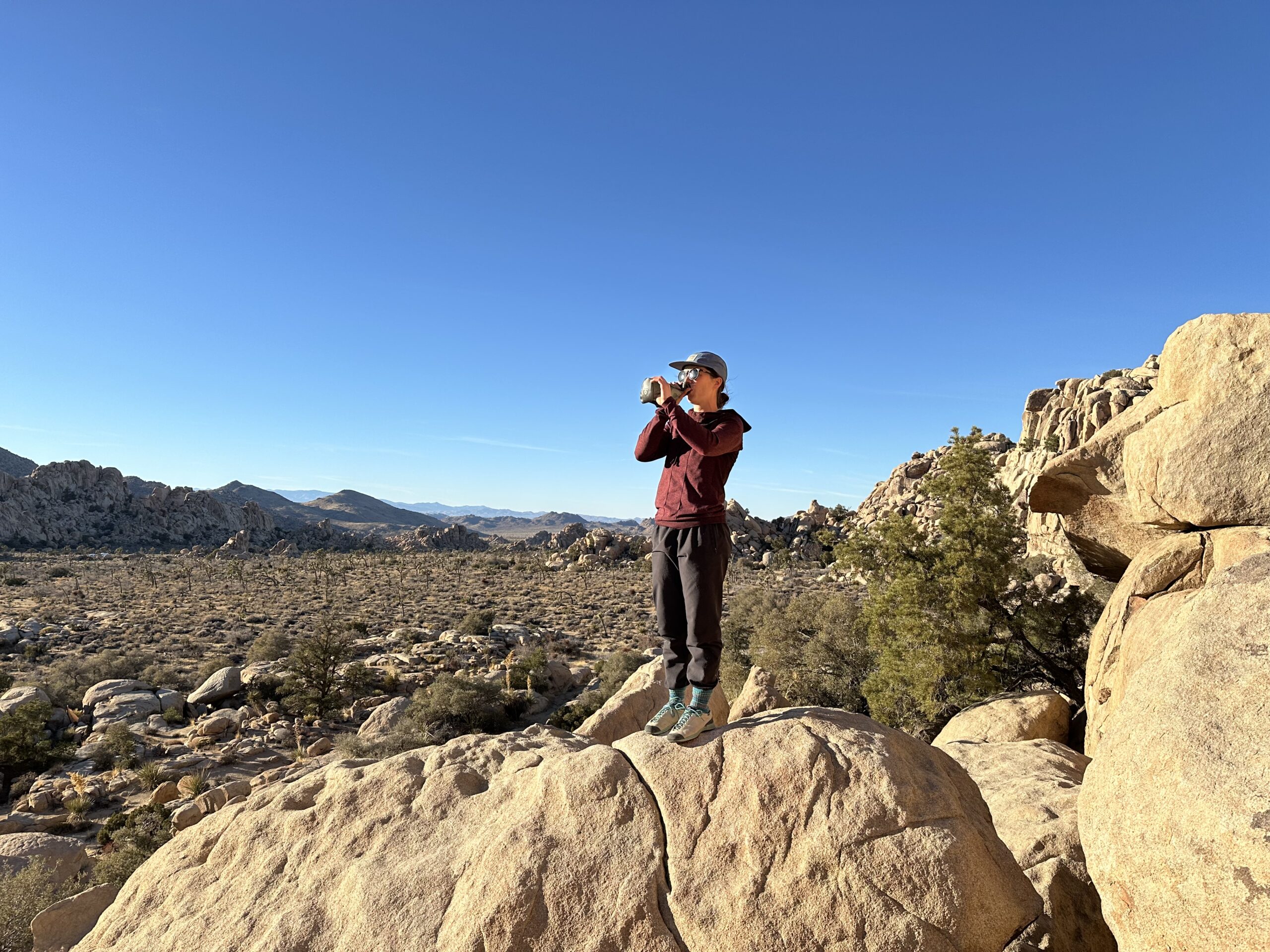
Durability
Compared to similar ultralight options, the durability of the Hydrapak Seeker truly shines. While the Platy eventually tears at the seams after heavy use, the Seeker has not let us down so far. We have used both products similarly, taking them on multiple overnight alpine climbs, numerous multi-pitch rock climbs, and countless hiking days. At an affordable price, the Seeker offers great value, as it lasts season after season.
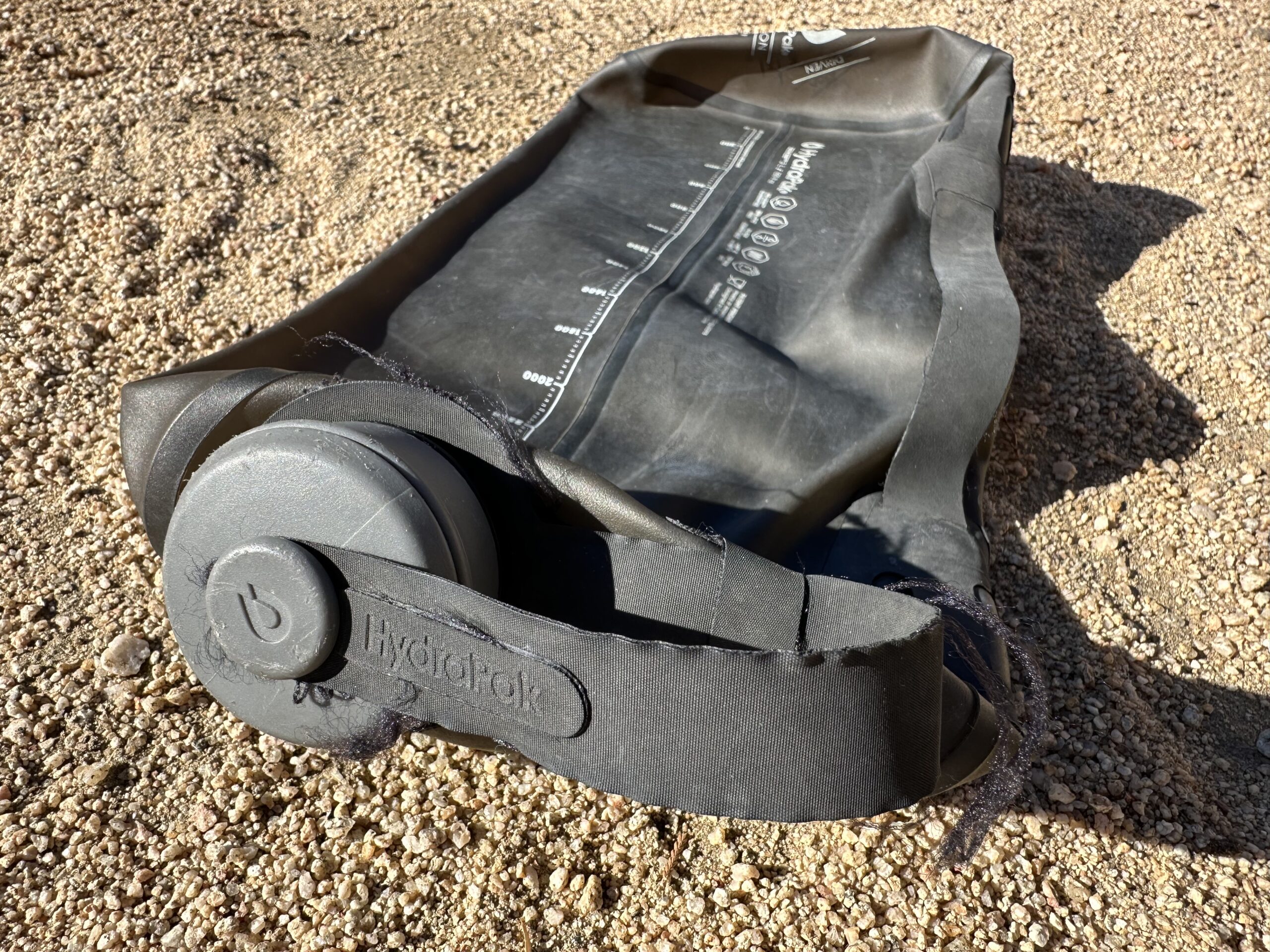
Should You Buy the HydraPak Seeker Water Bag?
Despite its drawbacks, we think the HydraPak Seeker fills an important niche. While the Platypus Platy is our favorite in the ultralight category, the Seeker surpasses the Platy in durability. Although the Platy has consistently failed over time, we’ve never needed to replace the Seeker, even after years of tough use. For minimalist backpackers and alpine climbers, the HydraPak Seeker is a lightweight option that endures the test of time.
What Other Hydration Bladders Should You Consider?
Here are some other minimalist options that we liked from our line-up of the best hydration bladders.
CNOC Outdoors Vecto 2L Review: The Vecto is fairly lightweight, though it’s about an ounce heavier than the Seeker. A significant advantage of the Vecto compared to the Seeker is how easy it is to clean and dry. With a wide opening on one end that closes with a slider, you can scrub out the entire interior of the Vecto. It also dries faster than any other bladder we tested; the Vecto was completely dry in about 25 minutes after washing.
The hard plastic slider makes it slightly less packable than the Seeker, and we have concerns about that piece failing. For the minimalist hiker, the Seeker remains a better choice, but for the germ-conscious, the Vecto offers a bit more peace of mind.
Platypus Platy Review: The Platy is our favorite ultralight, minimalist bladder. It’s slightly lighter than the Seeker and packs down even smaller. We have found it easier to drink from, as the plastic is a bit stiffer. If it’s not completely full, we can even drink from the Platy with one hand, like a hard-sided water bottle. It also tastes better than the Seeker; we found it to be virtually taste-free right out of the package.
The main drawback of the Platy is its durability. Its stiff seams tend to tear over time. This usually happens after significant use, though, and it’s easy to notice when the seams start to split before they actually fail. If you’re seeking more durability, the Seeker outperforms the Platy.


